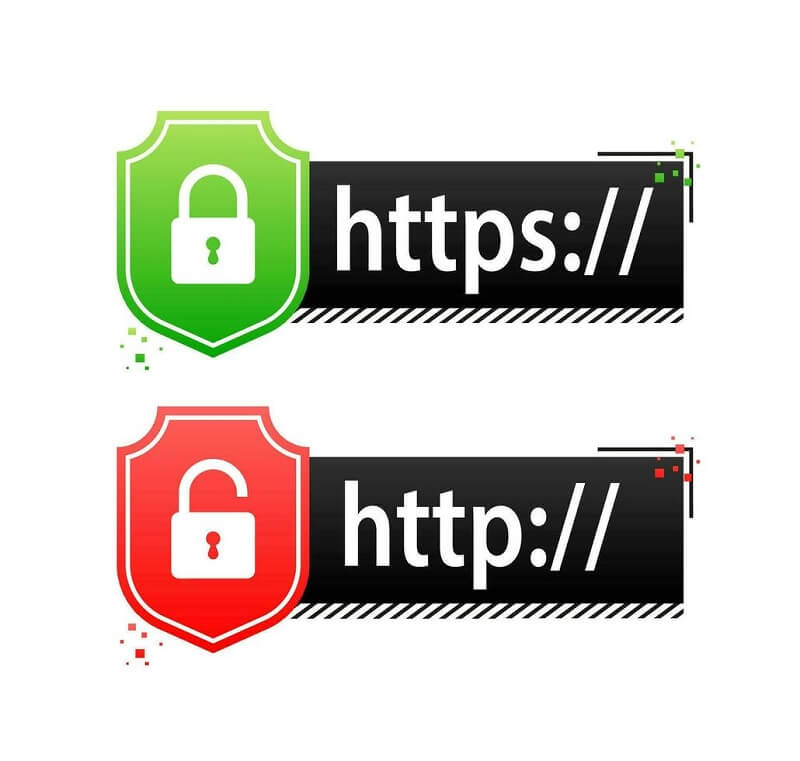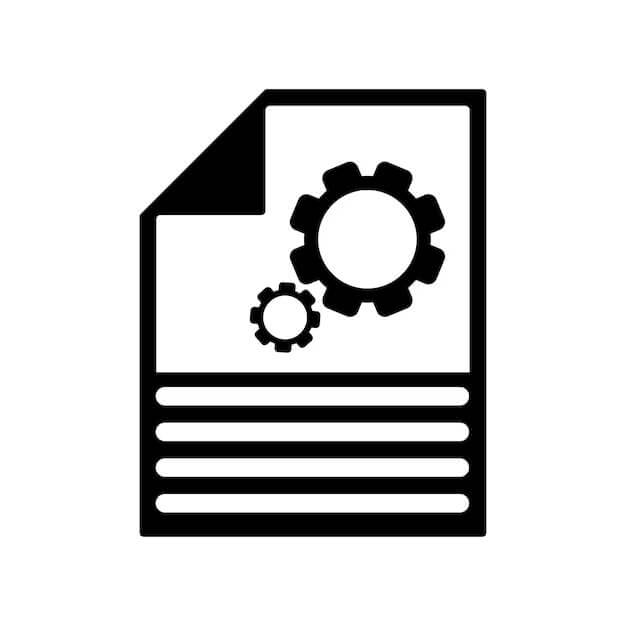Discover the Magic of Caddy for Your Web Server

Think of a tool that may make web server management as magical as a magic performance for you. That is the contribution that Caddy makes. Imagine holding this open-source web server platform in your hands—it's like a magic wand—ready to add a touch of enchantment to your web server operations with its unique features like automatic HTTPS and user-friendly configuration.
As you dive deeper into Caddy, you will discover that it is all about improving performance and security in addition to making chores easier. Unveiling Caddy's web server magic is about to happen. Coming right up!
Understanding Caddy Web Server

The web server Caddy is causing quite a stir in the IT industry. It is a strong and flexible open-source web server platform. With its many useful features, it's like having a Swiss Army knife for your web server requirements.
Among Caddy's many noteworthy features is its capacity to automatically manage HTTPS. So, it can get TLS certificates for all your sites and renew them automatically. Imagine having a personal assistant who handles all the intricate technical details, relieving you of all that burden!
Yet there's more. Caddy may be tailored to meet your unique requirements because it is extendable. And the finest thing? Go, a very efficient and performant programming language is used to write it.
Therefore, Caddy is suitable for both tiny personal blogs and large e-commerce sites. Being able to alter your web server management experience magically is like having a wand. Now, wouldn't you agree that it's worth investigating?
Caddy, Web Server Software

Caddy serves HTTP, HTTPS, and QUIC submissions. It’s written in Go and can run on various platforms, including
-
Linux
-
Windows
-
macOS
-
BSD
Unlike traditional web servers, Caddy is designed for simplicity and security. Here are some key features of Caddy:
-
Extensibility: Caddy can be customized to suit your specific needs.
-
Automatic HTTPS: By default, Caddy automatically obtains and renews TLS certificates for all your sites.
-
Efficient Resource Usage: Caddy is known for its efficient resource usage and minimalism.
-
On-Demand TLS: This original feature of Caddy allows it to obtain, renew, and maintain certificates on the fly during TLS handshakes.
Web server software is simply one aspect of Caddy. This tool magically enhances web server management. Caddy is a revolutionary web server because of its tremendous capabilities and user-friendly features. Experience the enchantment of Caddy for yourself in the present moment.
How Caddy Works?

Web servers like Caddy work by redirecting client requests to servers in the backend. They can also be set up to redirect queries to other web servers or serve websites directly from their file system. Caddy will verify its cache for the desired content whenever a client makes a request.
Deploying long-running services ("apps") on Caddy is all about having a single, consistent configuration that can be updated online over a REST API. It's that simple. Among the standard modules included in official Caddy releases are HTTP servers, TLS automation, and PKI apps. Its automated HTTPS features are its most notable attributes.
The basic procedure for using Caddy is as follows:
Activate The Daemon: With the caddy run command, you can start Caddy as a daemon.
Try The API: Apply the admin API to Caddy to ensure its configuration is correct.
Configure Caddy: Provide Caddy with a configuration to make it useful.
Run The Test: Verify its functionality by accessing localhost:2015 in your web browser or by utilizing curl.
Design A Caddyfile: Caddy can also be configured via the Caddy file.
The Config Adapter Can Be Used: We can use a configuration adaptor to transform our Caddyfile into the native JSON format used by Caddy.
Specify if Your Web Server Is Using Caddy

Caddy is an enterprise-ready server system that employs TLS by default and is
-
effective
-
versatile
-
secure
Its Go coding, automatic HTTPS, and capacity to serve static webpages or reverse proxy are among its most notable elements. To determine if your web server is using Caddy, you need to follow the steps below:
Server Header for HTTP

Looking at the HTTP server header is one of the easiest ways to see if your web server is utilizing Caddy. Issue an HTTP request to your server and look for the 'Server' field in the response header to accomplish this. A web server that uses Caddy will have the "Caddy" label.
curl -I http://yourwebsite.com
Search for the line that begins with "Server." If it says so, you are utilizing Caddy.
Files for Configuration:

Examining the configuration files on your server is another approach to verify if Caddy is being used. The /etc/caddy/ directory is the default location for the Caddyfile, which is used to configure Caddy.
Your server is probably running Caddy if this file is there and has valid configuration info.
Process List

Additionally, you can view the server's current process list. If Caddy is in the race, it ought to appear on this list. If you see a process named ‘caddy,’ then your server is using Caddy.
Advantages and Disadvantages of Caddy Web Server
Caddy web server offers various advantages for its users. However, it also has some drawbacks that are constantly being improved.
Advantages of Caddy's Web Site
Using Automatic HTTPS
This is probably the most well-known thing about Caddy. It will switch all HTTP traffic to HTTPS and acquire and renew SSL/TLS certificates for your site automatically through Let's Encrypt.
The Easy Configuration:
The Caddyfile is an easy-to-understand and-write configuration file used by Caddy. Because of this, configuring your server might be easier and faster.
Wide applicability:
Plugins allow you to extend Caddy's capabilities as needed. Apart from the numerous pre-made plugins, you also have the choice to make your own.
Coded in the Go language:
The speed and efficiency of Go are passed on to Caddy because it is written in Go. Additionally, there are no dependencies to be concerned about because it is statically linked.
Caddy Web Server Disadvantages
Less Mature
Although Caddy offers numerous unique capabilities, it is still a relatively young project that lacks the experience and thorough testing of more established web servers.
The Limited Module Ecosystem
Although Caddy's extensibility is a strong point, the module ecosystem is not as developed or extensive as it is for other servers, such as Apache or Nginx.
Performance
In most cases, Caddy performs admirably; nevertheless, for really busy websites, its raw speed may fall short of that of competing web servers.
A Lesser Community Support
Because of its smaller user base, obtaining community support and finding solutions to issues may be a bit more complicated than with more established web servers such as Apache or Nginx.
How to Run WordPress on a Caddy Web Server

Step 1: Install Caddy
Caddy must first be installed on your server. You can either use a package manager to install it or download it from the official Caddy website.
Step 2: Configure Caddy
After that, configure Caddy so it can serve your WordPress site. Making a Caddy file with all the necessary configurations is part of this process. For example:
yourwebsite.com {
root * /var/www/wordpress
php_fastcgi unix//run/php/php7.4-fpm.sock
file_server
}
In this section, you must replace /var/www/WordPress with the precise location of your WordPress installation and yourwebsite.com with the domain name of your site. Caddy is instructed to send PHP queries to PHP-FPM using the php_fastcgi directive, and the file_server directive enables the static file server.
Step 3: Run Caddy
Now that the formatting and setup are done, you can run Caddy by using the following command:
sudo systemctl start caddy
Caddy will start running on your WordPress now. If you want to confirm the running method, use the required command.
Step 4: Access Your Site
Finally, to access your WordPress site, you need only a web browser and the IP address or domain name of your server. If all settings are correct, your WordPress site should be visible.
A few of the additional factors to think about when operating a web server are:
-
Security
-
Logging
-
Management
Always use up-to-date software on your server, examine the logs for strange activity, and ensure your server is safe. Establish a backup and recovery procedure to prepare for the worst-case scenario.
VPSserver and Caddy

Services offered by VPSServer can provide several benefits to Caddy users:
High Performance & Security: VPSServer uses advanced technology for fast and secure hosting, which aligns with Caddy’s use of the Go language for production performance and memory safety guarantees.
Global Reach: VPSServer's network covers over 20 global locations, similar to Caddy’s capability to serve sites over HTTPS by default with automatic TLS certificates, ensuring secure and fast site access worldwide.
Customization & Control: VPSServer provides comprehensive root access, allowing users to customize their digital space. This is akin to Caddy’s flexible and powerful HTTP reverse proxy and online configuration API, which allows for extensive customization and control.
24/7 Support: VPSServer offers 24/7 expert support. This is very beneficial for Caddy users who might need assistance with server setup, configuration, or troubleshooting.
Cost-Effective Plans: VPSServer provides cost-effective VPS hosting and cloud computing plans. This is an affordable solution for Caddy users looking to host their websites or applications on a VPS.
Final Thoughts
Caddy is an open-source web server platform that enhances web server management with its unique features like automatic HTTPS and user-friendly configuration. It is designed for simplicity and security, serving HTTP, HTTPS, and QUIC submissions on various platforms like Linux, Windows, macOS, and BSD. Caddy can be customized to meet specific needs and is known for its efficient resource usage and minimalism. Its most notable attributes include its automated HTTPS features. Caddy can be configured via the Caddy file and can be used to deploy long-running services over a REST API. To determine if your web server is using Caddy, check the HTTP server header, configuration files, and process list. Caddy is an enterprise-ready server system that employs TLS by default and is effective, versatile, and secure.
The Caddy web server offers advantages such as automatic HTTPS, easy configuration through the Caddy file, wide applicability with plugins, and Go language code. However, it is less mature, has a limited module ecosystem, and may not perform as well as more established servers like Apache or Nginx. To run WordPress on a Caddy web server, install it, configure it, and run it using the Caddyfile. VPSserver offers high performance, security, global reach, customization, 24/7 support, and cost-effective plans, providing a similar experience to Caddy's Go language and global reach. Both Caddy and VPSserver provide a cost-effective solution for Caddy users looking to host their websites or applications.
Frequently Asked Questions
Caddy, what is it?
Caddy is an open-source web server known for its ease of use and security. It was created in Go and works on various OSs and platforms.
In what ways is Caddy set up?
Caddy can be configured using a Caddyfile or JSON. You can easily customize the configuration to meet your individual requirements, making it a flexible tool for managing web servers.
What makes Caddy stand apart from the competition?
Among Caddy's many standout characteristics are its extensibility, on-demand TLS, and automated HTTPS. These components make your life easier while improving the speed and safety of your server.
What is Caddy's approach to HTTPS?
Automatically, Caddy deals with HTTPS. No more tedious manual certificate maintenance; it can get and renew TLS certificates for every one of your sites.
Can Caddy serve a static file server?
Yes, Caddy's file system does indeed allow it to serve static file servers directly. For this reason, hosting a static website is highly recommended.
What is Caddy's request handling procedure?
Caddy is responsible for transferring requests from clients to the servers on the back end. To further improve response times, it might verify its cache for the requested content.
How does one go about setting up Caddy if they do not have a Reddit account?
Setting up Caddy involves launching the daemon, checking the setup with the admin API, giving Caddy some options, and then testing its functioning by curling or visiting localhost:2015 in your browser. If you do not have a Reddit account, you can create one. In case of any issue, contact their customer service, but make sure the topic is automatically closed after a certain time and replies are no longer loaded. Also, go for VPSserver for reliable hosting and cloud solutions.
Can a proxy IP address be set up using Caddy?
A reverse proxy server is a possible structure for Caddy. It relays client requests to other servers, adding an extra degree of control and security.
Is logging an option with Caddy?
Detailed logging is available with Caddy. With its ability to record requests, errors, and other crucial data, it becomes much easier to oversee and control your web server.
How does Caddy deal with errors?
Caddy includes an error-handling solid system. It records the specifics of any problem and keeps running even after it happens. Your web server will still be up and operating in case of an issue.










.png)

